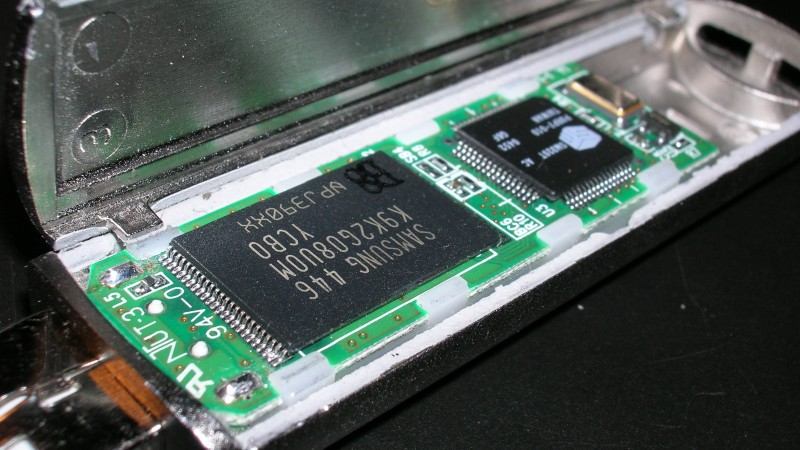 NEWS
NEWS
 NEWS
NEWS
 NEWS
NEWS
![]() Moving to an all-flash data center, in conjunction with a cloud-enabled converged architecture, can cut the typical large data center’s operations budget by one-third over the next five years (see graph at right), creating resources for new development, according to a new report by Wikibon CTO David Floyer.
Moving to an all-flash data center, in conjunction with a cloud-enabled converged architecture, can cut the typical large data center’s operations budget by one-third over the next five years (see graph at right), creating resources for new development, according to a new report by Wikibon CTO David Floyer.
Flash storage drives these savings mainly by enabling database sharing, lowering operational costs, eliminating the need to maintain multiple database clones and by streamlining development. The benefits include a more agile IT organization with more resources to respond faster to changing business needs, faster response times for applications across the board and expanded data analysis availability across the enterprise, a necessary step to create a data-driven organization. The shift will also release valuable staff and financial resources from “keeping the lights on” to developing new applications to take advantage of the potential of Big Data, cloud and mobile technologies.
Moving to a shared-data, all flash, converged data center will save a “Wikibon standard” IT organization with an annual $40 million budget about $35 million over five, writes Floyer in “The IT Benefits of an All-Flash Data Center.” The shift has an internal rate-of-return (IRR) of 246%, an annual return-on-investment (ROI) of 542%, and a break-even point of 13 months.
An important advantage of flash is that it supports a much larger volume of inputs and outputs per second (IOPS), which means that organizations don’t need to create separate copies of their databases for development and analysis. This fact alone will save millions from operations budget by eliminating the need for separate storage silos for transactional applications, business intelligence and development, as well as the need to constantly copy data from one to another.
It will also streamline development by eliminating the considerable complexity required to deal with millisecond-speed spinning disk reads and writes. IT will be able to reorganize operations to free up staff for higher value assignments. All these factors make flash a better buy than spinning disk, despite the current higher cost per gigabyte.
And the cost benefit of flash will only become more compelling over time. The technology already has a longer lifespan than spinning disk, and that is expected to grow to 15 years by 2020. Meanwhile, the lifetime cost of flash will fall 50-fold from $470 per terabyte today to $9 per terabyte in 2020. Disk prices are expected to fall much more slowly, from $273 per terabyte today to $74 per terabyte in 2020. That means the ratio of the cost of flash to magnetic disk will climb from -50% today to +732% by 2020 (see graphic below).
Flash storage, combined with a converged infrastructure, will empower a complete reorganization of IT, eliminating today’s silos, streamlining development, and reducing operational staff to a fraction of today’s numbers, Floyer predicts.
But the biggest benefits could be on the business side. The order-of-magnitude improvements in speed and I/O will support greater use of Big Data analysis across the enterprise, instead of confining it to a select few groups. Analysis can also be applied in near-real-time to enable much faster decision-making as well automated up-sell and cross-sell recommendations.
At a high level, flash can generate huge business value by eliminating guesswork and allowing business decisions to be based on live data instead of copies of historical data. IT organizations can react more quickly to business needs and deploy budget more strategically.
Because of all of these benefits, Floyer recommends that CIOs should make creating a modern all-flash storage architecture a strategic objective and believes that the project should be self-funding.
The full report, which goes into detail on the logic behind the conclusions and includes summary case histories of three early adopters, is available on the new Wikibon Premium Web site. This report, in turn, is partly based on two earlier Wikibon research reports, “The Evolution of All-Flash Arrays” and “Migrating to a Shared Cloud-Enabled Infrastructure”.
THANK YOU